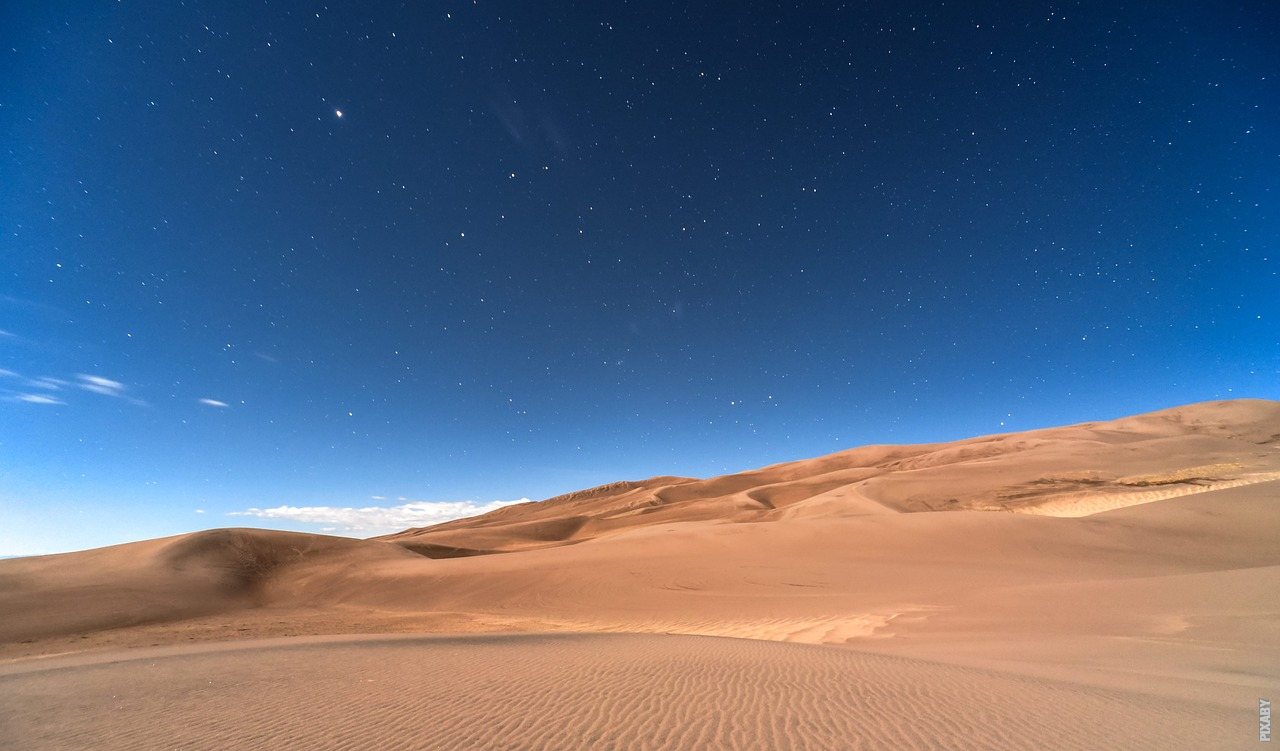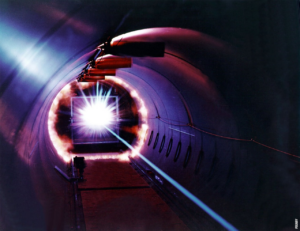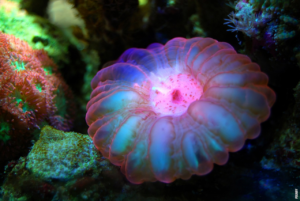The Enigma of the Desert
The desert, a vast expanse of arid land, holds many mysteries. Its scorching heat, sparse vegetation, and lack of water make it a challenging place for life to thrive. But why is the desert so dry? Let’s unravel this enigma and discover the secrets of its aridity.
The Role of Geography
Geography plays a crucial role in the dryness of the desert. Deserts are typically located in regions where there is little rainfall and moisture. The combination of high-pressure systems and the presence of nearby mountain ranges creates a rain shadow effect, blocking the passage of rain clouds.
The Sun’s Wrath
The sun, the ultimate source of heat and energy, contributes significantly to the desert’s dryness. As the sun’s rays hit the Earth’s surface, they heat the air, causing it to rise. This process, known as convection, leads to the formation of high-pressure systems, which inhibit cloud formation and precipitation.
The Water Cycle Conundrum
The desert’s dryness is also closely linked to the water cycle. In more temperate regions, water evaporates from oceans, lakes, and rivers and then condenses into clouds, eventually falling as rain. However, in the desert, the rate of evaporation often exceeds the rate of precipitation. The scorching temperatures cause water to evaporate rapidly, leaving the land dry and parched.
Adaptations of Desert Life
Despite the harsh conditions, desert ecosystems have evolved remarkable adaptations to survive the aridity. Plants like cacti and succulents have developed specialized water-storage tissues, allowing them to store water for extended periods. Animals, too, have adapted by minimizing water loss through efficient kidneys and behavioral adaptations, such as staying in burrows during the day.
Post
Post
Human Impact
While the desert’s dryness is a natural phenomenon, human activities have exacerbated the problem. Deforestation and overgrazing lead to soil erosion, reducing the land’s ability to retain moisture. Additionally, climate change has brought about unpredictable weather patterns, further diminishing rainfall in already dry regions.
The Future of the Desert
As we continue to study and understand the desert, it becomes clear that its dryness is a delicate balance of natural factors and human influence. Protecting these unique ecosystems and implementing sustainable practices are crucial to preserving the fragile desert life.
In conclusion, the desert’s dryness is a result of a complex interplay between geography, the sun’s heat, the water cycle, and human activities. From the barren landscapes to the resilient life forms, the desert remains an awe-inspiring testament to the wonders of our planet.



